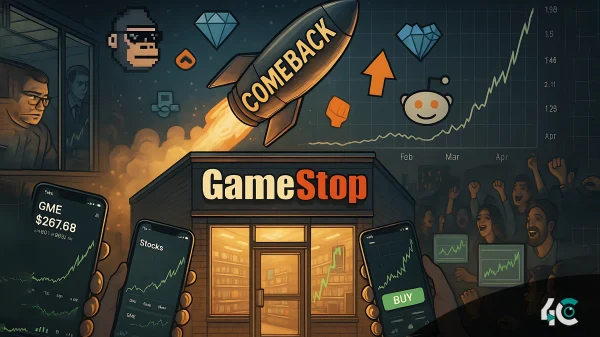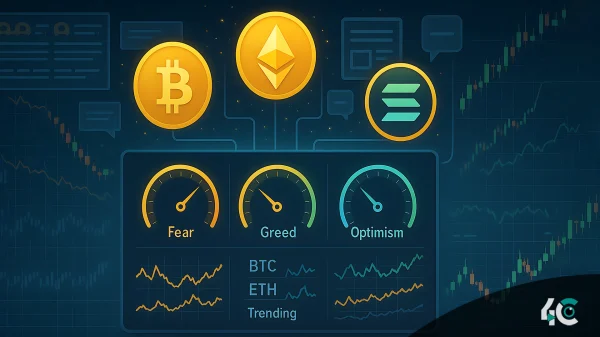Signifying a more pessimistic view on the second-largest cryptocurrency, hedge funds are drastically lowering their short bets on Ethereum. Short holdings have climbed by 500% over the past three months, suggesting a strong conviction that ETH’s price would keep falling.
Ethereum has struggled to sustain its increasing momentum, rising just 5.9% over the past year. By contrast, Bitcoin has surged dramatically 104% in the same period. This underperformance has stoked mistrust among institutional investors, leading to a notable increase in bearish bets against ETH.
Data points indicate that short positions in Ethereum surged after the November U.S. presidential election. The spike in shorting activity has contributed to significant price swings, including a dramatic 37% decline within 60 hours earlier this month. One of the main causes of Ethereum’s volatility, analysts say, is this aggressive positioning.
Other blockchains create challenges for Ethereum.
Growing competition from other layer-1 blockchains presents one main obstacle Ethereum must overcome. Although most people agree that Bitcoin is the best value source available in the crypto market, younger high-performance blockchain systems are under the challenge of Ethereum’s supremacy. Drawing consumers and developers away from Ethereum, these other platforms provide faster transactions and fewer fees.
Hosting well-known protocols like Uniswap, Aave, and Lido, Ethereum continues to be the top network for distributed finance (DeFi) applications, industry analysts observe. But as rival blockchains keep acquiring traction, Ethereum’s price recovery could rely on fresh on-chain activity.
Might a Short Squeeze Push ETH Higher?
Though there is a negative attitude, some analysts think Ethereum’s massive short positioning could cause a short squeeze. A short squeeze results from traders betting against an asset having to buy back their positions to offset losses; therefore, the price increases.
Ethereum will probably need a catalyst, either more acceptance or legislative clarification, if it is to escape its present slide. Deeper involvement from institutional actors and new applications developed on Ethereum’s network could, some analysts believe, offer the boost required to recover optimistic momentum.
Ethereum is currently in a vulnerable state, sandwiched between the possibility for a short squeeze and negative institutional mood. Whether ETH can recover its earlier highs or keep fighting against growing blockchain competition will depend critically on the next months.
































